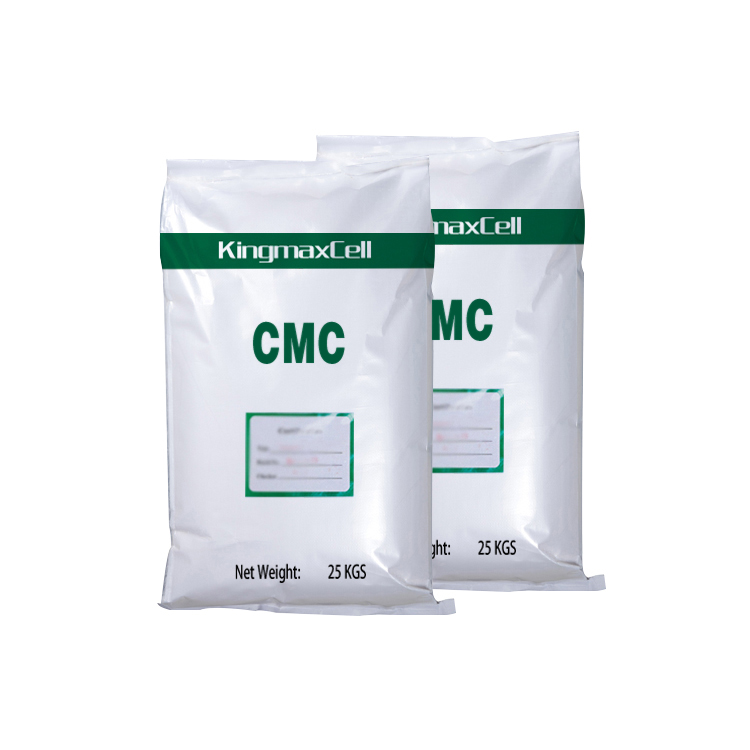Sodium Carboxymethyl Cellulose (CMC) is widely used in ceramics manufacturing for various purposes due to its unique properties. Here’s how CMC plays a role in different aspects of ceramics production:
- Binder: CMC acts as a binder in ceramic formulations, helping to hold together the powders and other ingredients used in the ceramic mixture. It improves the green strength of ceramic bodies, preventing them from cracking or breaking during handling and processing.
- Plasticizer: CMC serves as a plasticizer, enhancing the plasticity and workability of ceramic clay. It improves the moldability of the clay, making it easier to shape and form into desired shapes such as tiles, pottery, or figurines.
- Suspension Agent: In ceramic slurries or slips, CMC functions as a suspension agent, preventing settling or sedimentation of solid particles. This ensures uniform distribution of ceramic particles throughout the slurry, resulting in consistent properties and improved casting performance.
- Controlled Drying: Sodium Carboxymethyl Cellulose helps to control the drying process in ceramic manufacturing. It reduces drying shrinkage and minimizes the formation of cracks or defects in the ceramic body during drying, leading to improved dimensional stability and reduced wastage.
- Glaze Suspension: CMC is also used in ceramic glazes to suspend the solid particles and prevent settling. It ensures even distribution of glaze components on the ceramic surface, resulting in smooth, uniform coatings and consistent glaze application.
- Deflocculant: In some cases, CMC can act as a deflocculant in ceramic slurries, reducing the viscosity and improving flow properties. This facilitates casting or slip casting processes by allowing for easier pouring and better mold filling.
Overall, Sodium Carboxymethyl Cellulose plays a crucial role in ceramics manufacturing by improving the processing characteristics, performance, and quality of ceramic products. Its versatile properties make it an essential additive in various stages of ceramic production, from clay preparation to glazing and finishing.


